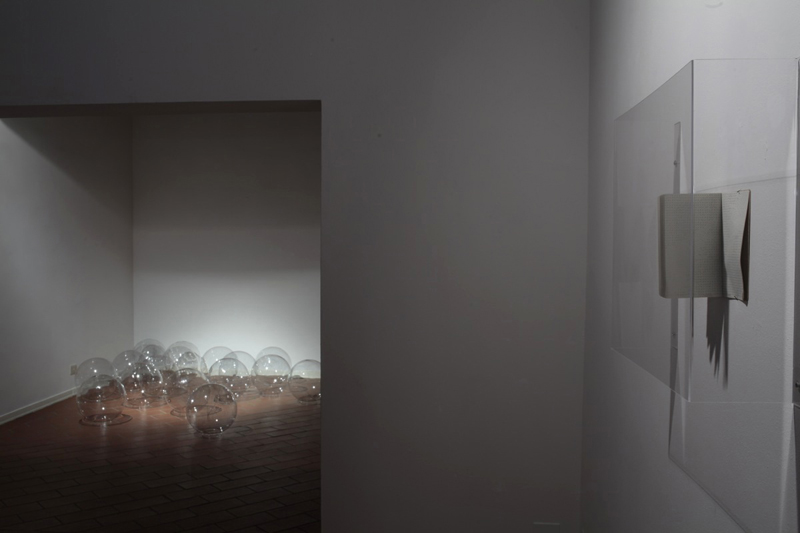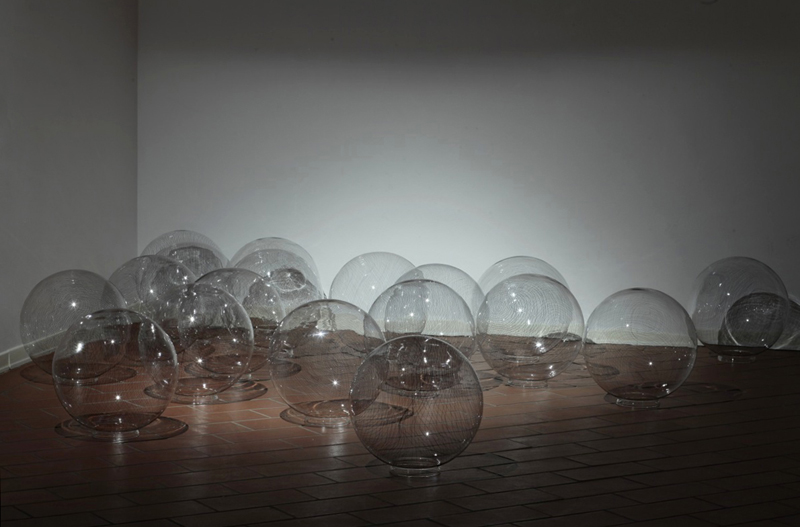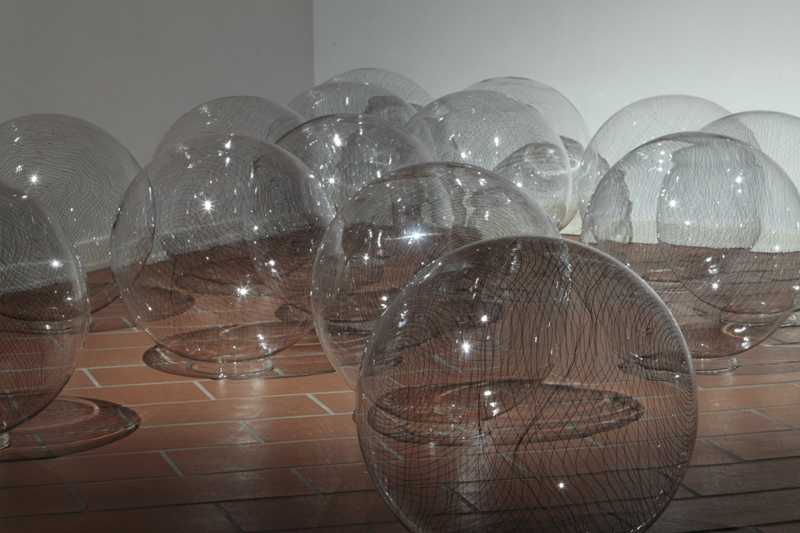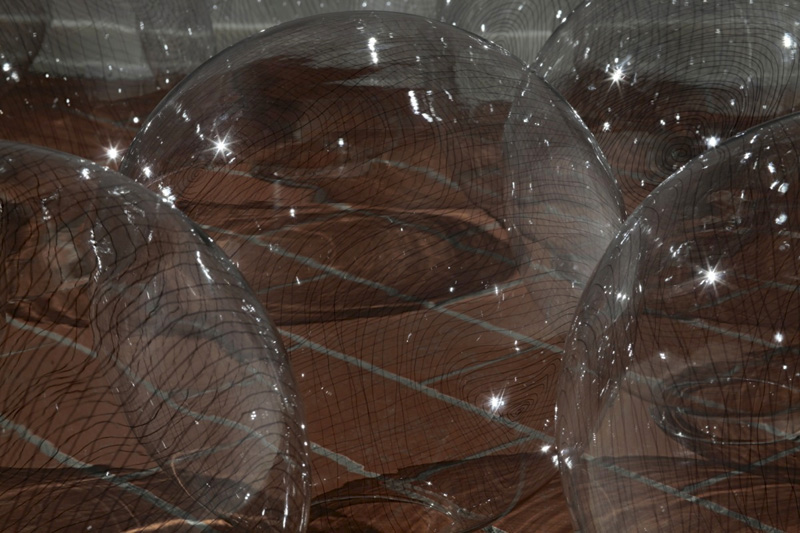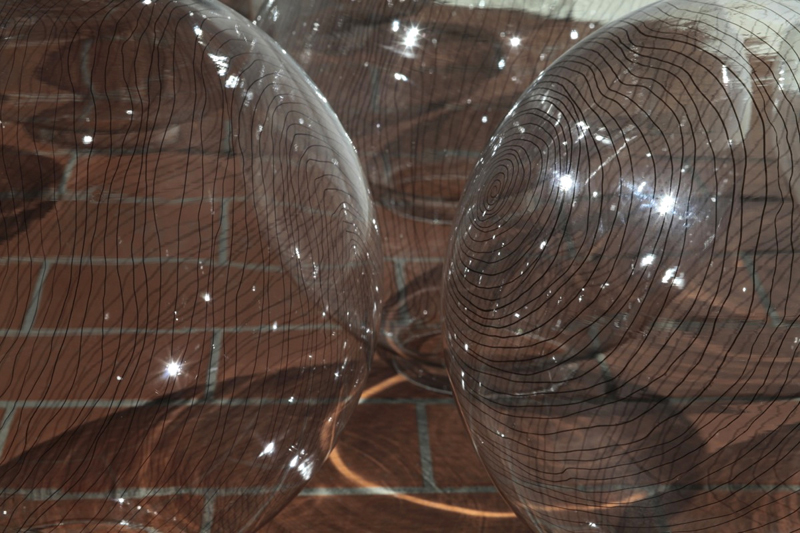Irena Lagator Pejović
works
- Lines, Values, Coexistences
- United Species
- Means that Can Contribute to the Phytoremediation of Polluted Areas
- Saved Books. The Art of Transmitting the Knowledge Without the Need for Subsequent Reparation.
- “I Would Put All Mighty Weaponry Into the Museums That No One Visits”
- Expanses of Love
- “If I Were Ronald Regan”
- Nets, Nodes, Horizons
- Workers University
- My Father’s Salary
- Fiscal Verses. Reprogramming the Machine
- Missing Content
- The Knowledge of the Limited Responsibility Society
- Shared Air
- Blurred Landscapes
- There is Already a Feeling of a Flow
- Symbiotic Collection
- Maximum Profit - Minumum Time
- This is Not a Landscape Any Longer. Tolerance, Transparency, Transition.
- Nature Culture
- Pillars and Horizons
- Where is the Monument?
- Forward Play Reverse
- Life and Institution
- Capital Culture Cuts
- Two Safes. No keys!
- Non LLC l.l.c.
- Plastic Water
- Society and Documents
- Exchange Value
- Work in Public Space
- Institution Nature
- LLC versus Non LLC
- Abbandoned Cinema
- Freedom Security Progress
- Occupying/Liberating Space and Time
- Directions
- Image Images
- Property
- Dissapearance Appearance
- Further than Beyond
- Image Think
- Ecce Mundi
- Camera Imaginata. The Means for Exchanging the Power of the Imagination
- Means for Intensifiying a Sense of Poetic Reconstruction of the World
- The Society of Peaceful Coexistence, Santa Croce sull’Arno
- Installation for Improving the Sense of Responsibility
- Equation Function
- Limited Responsibility Society, Santa Croce sull’Arno
- Resistence Reservoir
- Limited Responsibility Society, Polignano a Mare
- Limited Responsibility Society Automatism
- Experience Economy History
- The Society of Peaceful Coexistence, Belgrade
- Responsitorium Horizon Poems
- Time of Limited Responsibility Society
- Limited Responsibility Society Experiment, Salzburg
- Present Space Expansion
- Cultural Barriers to Growth
- Countinuous Limited Responsibility Society
- Knowledge of the Limited Responsibility Society
- Limited Responsibility Society Experiment, Strobl
- Limited Responsibility Society By Night
- Limited Responsibility Society, Cetinje
- Inverse Spaces
- Our Colored Everyday
- Machine Error. Shape a Book
- What We Call Real
- After Memory
- Next
- Is It Still Winter, Outside?
- The Way We Live
- How Small is the Universe
- Living Space
- The Society of Unlimited Responsiblity
- Own Space
- Living Room
- Near Universe
- An Embrace in the Space
- Light in Space
- Please Wait Here
- Wash Inside Out
- What is Missing
- Temporary Dumping Place. Rotations in the Given Space
- Opening of the Book
- Registrar
- May I Help You
- Passerby
- Are You Happy Now
- BBBBeauty
- Tell Why
- Witnes of Time - Now
- Witnes of Time
- It is Made for You
Means for Intensifiying a Sense of Poetic Reconstruction of the World
2012
18 glass spheres, drawing
50 cm in diameter each
Text: Ilaria Mariotti, Massimo Ronchieri
Interview: RADIO PAPESSE - Irena Lagator Pejovic: Società a responsabilità limitata
Exhibition/Venue: Società a responsabilità limitata (S.r.l.), Limited Responsibility Society (L.L.C.), Villa Pacchiani, Santa Croce sull'Arno (Pisa), Italy.
Curated by: Ilaria Mariotti
Photo: Andrea Abati
Catalog: https://www.villapacchiani.it/wp-content/uploads/2020/11/Catalogo-lagator-completo.pdf
This installation consists of eighteen glass spheres that merge material fragility with conceptual density. Once used as light fixtures in the Social Bookkeeping Service of the Socialist Yugoslavia—a state institution dedicated to financial transparency and collective accountability—these spheres now inhabit an entirely new context. Their transformation from bureaucratic illumination into an artistic medium invites reflection on institutional collapse, systemic reconstruction, and the shifting role of collective responsibility.
Inspired by Peter Sloterdijk’s Spheres trilogy, the work positions these objects as fragile “bubbles” that demand careful attention. Sloterdijk’s notion of co-existence within delicate, interconnected spaces is echoed here: the spheres become poetic habitats, each one holding the possibility of intimacy, care, and vulnerability.
Glass, as a material, embodies a double bind. Its transparency promises openness and clarity, yet its production requires significant energy and resource extraction. Each sphere is simultaneously an aesthetic object and an environmental artifact—beautiful yet costly, transparent yet never fully innocent in its origins. The installation confronts this paradox directly, asking how we might reconcile the desire for function with the ecological price of its creation.
Inside the spheres, fine ink drawings trace networked lines that emphasize their form and reference Bruno Latour’s Actor-Network Theory. These internal diagrams visualize the ways in which humans, non-humans, technologies, and ideas function as equal “actants” in complex systems. They recall the informational networks once managed under the glow of these very lights, transforming administrative flows of data into visualized connections that extend into today’s planetary entanglements.
The work’s political dimension extends beyond its material honesty to its historical resonance. The financial transparency once administered beneath these lamps—serving collective rather than private accumulation—becomes a historical model for the shared responsibility the artwork now asks of its viewers.
Through reflection, light, and transparency, the installation offers a space for contemplating our ecological, social, and political spheres of existence. It asks: Can an artwork activate environmental consciousness? Can transparency become a practice of care rather than consumption? These glass spheres invite us to step carefully, to acknowledge the delicacy of the systems we inhabit, and to consider our own role in their reconstruction. (Irena Lagator Pejović)
